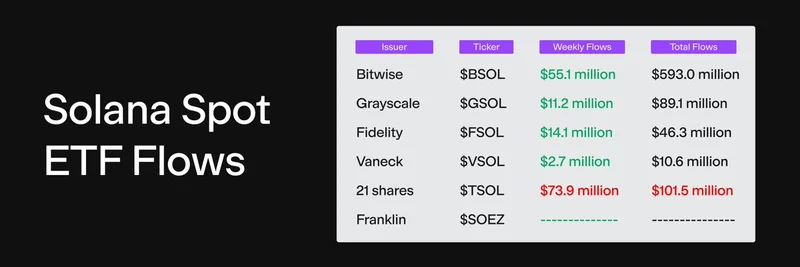In the fast-evolving world of blockchain and finance, few topics spark as much excitement as the blending of cryptocurrency and traditional fintech. Recently, Defi0xJeff, a prominent voice in the DeFi space, shared a compelling thread on X (formerly Twitter) that dives deep into this convergence. His insights highlight how this merger could onboard millions to crypto without them even realizing it. Let's break it down and explore what it means for meme token enthusiasts and blockchain practitioners alike.
Defi0xJeff kicks off his thread by viewing the trend through a "crypto lens." He points out that while the total addressable market (TAM) for crypto is growing, it's still dwarfed by the trillions in wealth management and traditional finance (TradFi). The key? Extending crypto's utility to everyday users through tools like crypto cards, savings accounts, or hybrid apps. This isn't just about hype—it's a logical step to make crypto more accessible.
Shifting to the "fintech lens," Jeff explains how regulatory clarity and fading stigma around crypto are encouraging fintech companies to integrate blockchain. DeFi's value proposition—think high risk-adjusted yields, asset tokenization, and global payment rails—positions it as the ideal backbone for modern apps. Stablecoins, those dollar-pegged cryptocurrencies, play a starring role here, acting as a stable settlement layer.
Then there's the "AI layer," which Jeff describes as the connective tissue. AI optimizes liquidity, personalizes user experiences, and automates processes across both worlds. Fintechs bring trust, regulatory licenses, and massive user bases, while crypto offers 24/7 global liquidity and programmable money via smart contracts. Combining these with AI unlocks unprecedented scale and efficiency.
The result? A bigger pie for everyone. Users get seamless experiences with fast settlements, high yields, and borderless access, often without knowing if it's powered by crypto or fintech. Stablecoins evolve into the "internet dollar" fueling apps and even AI agents. This creates a flywheel: more fintech flows on-chain deepen liquidity, tighten spreads, reduce slippage, boost trading, enhance yields, and draw in more users.
Jeff spotlights emerging leaders in this "Crypto Fintech" or "Crypto Neobank" category, mentioning projects like Mantle and others. These next-gen neobanks won't resemble traditional banks—they'll blend into everyday products, powered by crypto rails under the hood. It's this subtle integration that could finally onboard millions to crypto.
This thread quotes an earlier article by Jeff titled "Why Crypto is Becoming Fintech and Fintech is Becoming Crypto." In it, he defines crypto as a permissionless, global rail for holding, transferring, and utilizing assets worldwide. You truly own your assets, a stark contrast to traditional systems.
For those in the meme token community, this convergence means more than just tech talk. As meme coins often thrive on viral adoption and liquidity, deeper integration with fintech could supercharge their accessibility. Imagine spending your favorite meme token via a card or earning yields in a hybrid app—it's a game-changer for turning fun into functional finance.
If you're keen to dive deeper, check out the original thread on X. As blockchain practitioners, staying ahead of these trends is crucial. This fusion isn't just the future—it's already unfolding, promising richer opportunities in the meme token ecosystem and beyond.

